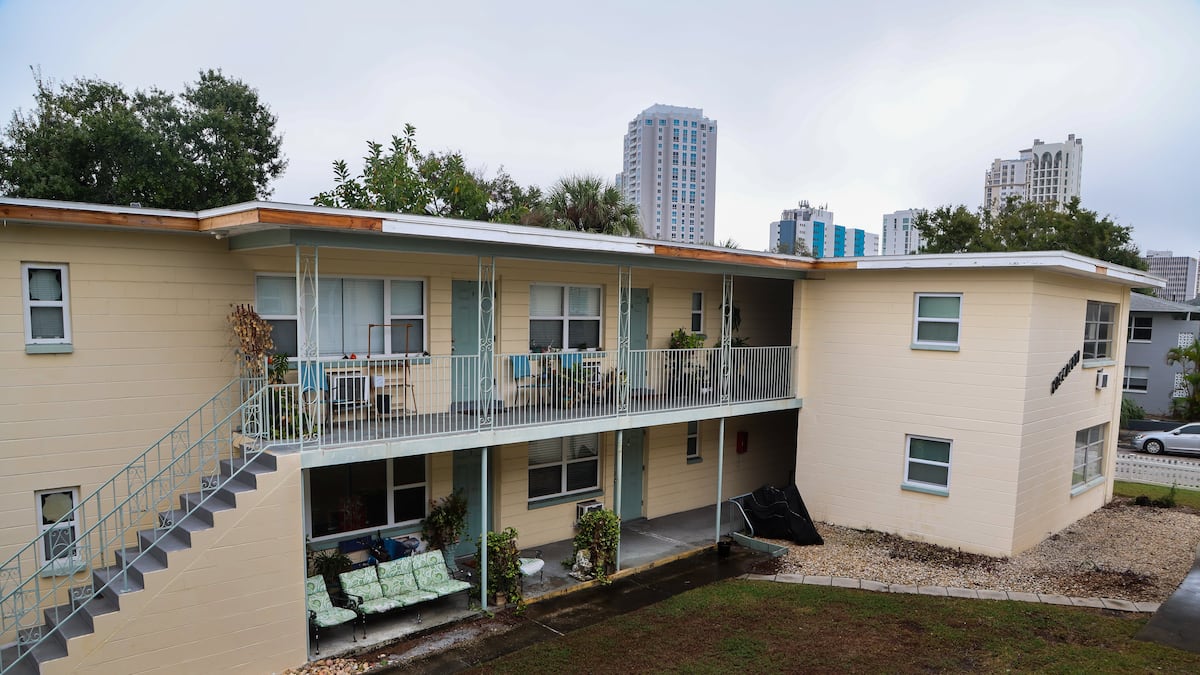T
he real estate industry has weathered the dual storms of a housing market downturn and significant litigation, but its landscape is far from calm. Brokerage firms have adapted their business models to navigate these challenges, achieving profitability at current sales levels and complying with changes to MLS policies. However, this doesn't signal a return to the industry's former heights.
The competition for agents has never been fiercer, with more choices than ever before, including low-cost options. This has led to a decline in average gross margins for U.S. brokerage firms, sitting near 10% by the end of 2024. Several national real estate entities now operate with gross margins below this threshold.
Industry consolidation is likely to accelerate, driven by economic pressures and differences in cost structures and technology adoption. While artificial intelligence may play a role, focus will remain on more effective deployment of foundational tools like transaction management systems, sales management platforms, and robust CRM systems.
A strong culture centered on relationships between brokerage leaders and agents remains the cornerstone of a successful brokerage firm. Despite investing tens of billions of dollars in technology over three decades, tangible benefits in terms of productivity or profitability have been limited. This suggests that other factors are at play.
The real estate industry has experienced two distinct waves of mergers and acquisitions since 1977. The first wave was driven by major players like Merrill Lynch and Sears (Coldwell Banker), while the second wave saw firms like Anywhere Real Estate and Compass acquire hundreds of brokerage firms. However, the landscape is shifting, with many large acquirers exiting or reducing their activity.
This has created opportunities for regional, privately-owned companies and local firms to step in and drive acquisitions. The era of a few large national firms acquiring regional and local independents may be coming to an end. If a third wave emerges, it will likely be led by regional and local firms investing their own capital.
Acquisition prices and terms have softened, but the volume of deals is expected to recover as the housing market stabilizes and brokerage performance improves. Thousands of small- to medium-sized firms may find merging with another company represents the most logical path forward.
Currently, two key factors have contributed to the softening of residential brokerage firm valuations: reduced EBITDA and Gross Margins across the industry, and fewer active purchasers and less capital available for acquiring firms. These dynamics have impacted not only overall valuation but also terms, shifting toward reduced cash payments at closing and longer payment periods.
Despite these challenges, mergers and acquisitions will remain a key growth strategy for many firms. Organic growth is achievable but remains difficult and resource-intensive. As the financial performance of brokerage firms improves, their valuations are likely to rebound, driven primarily by differences in business models and financial performance.
As the industry adapts to evolving market dynamics, it must remain agile to navigate both opportunities and challenges ahead. The continued competition for agents, ongoing mergers and acquisitions, and fluctuating valuations signal that the landscape is far from static.














